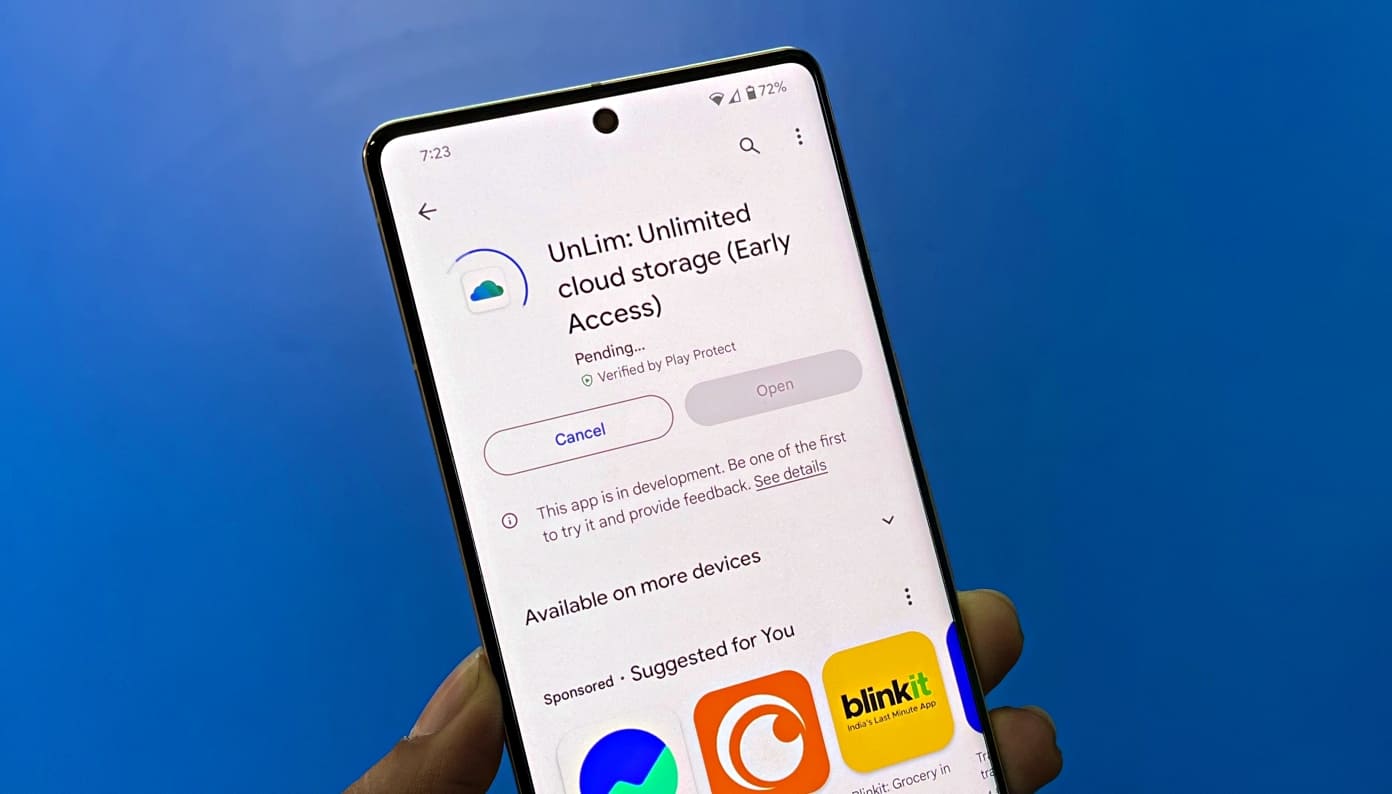It is entirely common practice for smartphone manufacturers to sell premium, flagship phones at a subsidized price when a new-generation one takes its place. Also competing for you money in loosely the same price-bracket are OEMs that decide to sell first-generation phones albeit making the, fall under the ‘mid-range’ category.
Today, we give you 3 reasons why you should pick a first-generation mid-range smartphone over latest generation premium smartphone.
[stbpro id=”info”]Please Note: As per the trend we have seen so far, you get better value for money on immediate old gen phone like buying a Note 4 when Note 5 is launched by samsung. However, there are some compromises you will make when you do that. [/stbpro]
Hardware Support
When we refer to ‘hardware support’ we mean the extent to which you can delay the dreaded ‘that spare-part is no longer made for your phone’ message from being flung at you by the guys at a service center. Simply put, an OEM may have a loose rule of discontinuing making spare parts such as batteries, the display assembly etc. after around 2-3 years since the manufacturing of the device began. Naturally, a newly launched mid-range device will start that 2-3 year cycle afresh, compared to a year(or more) old flagship device.
Software Updates
Granted that a flagship device is usually slated to receive updates for a few years after its launch, a company usually always decides to focus software updates for its popular devices as a priority. An added advantage is that a newly launched mid-ranger usually starts with the latest(or as close to the latest as that manufacturer usually gets) version of Android anyway. To illustrate, Samsung’s Galaxy Note 4 just recently got upgraded to Android Lollipop whereas the Galaxy A8 was launched with Lollipop out of the box.
Hardware Nuances
There are times when just a year of advancements can make significant changes in hardware. As an example, the Samsung Galaxy S5 featured a clunky swipe gesture to recognize fingerprints. This year, Samsung’s Galaxy A8 has one that works simply by touching it-an implementation that is preferred over the alternative any day. Other advantages, such as microSD expansion can be found only on mid-ranged devices, in some cases(we’re looking at you Galaxy S6).
Conclusion
Of course, arguments can be made in favor of buying an older flagship phone over a newer mid-range device but these are the reasons why you should prefer the latter over the former. Let us know what you think about this debate in the comments below.



